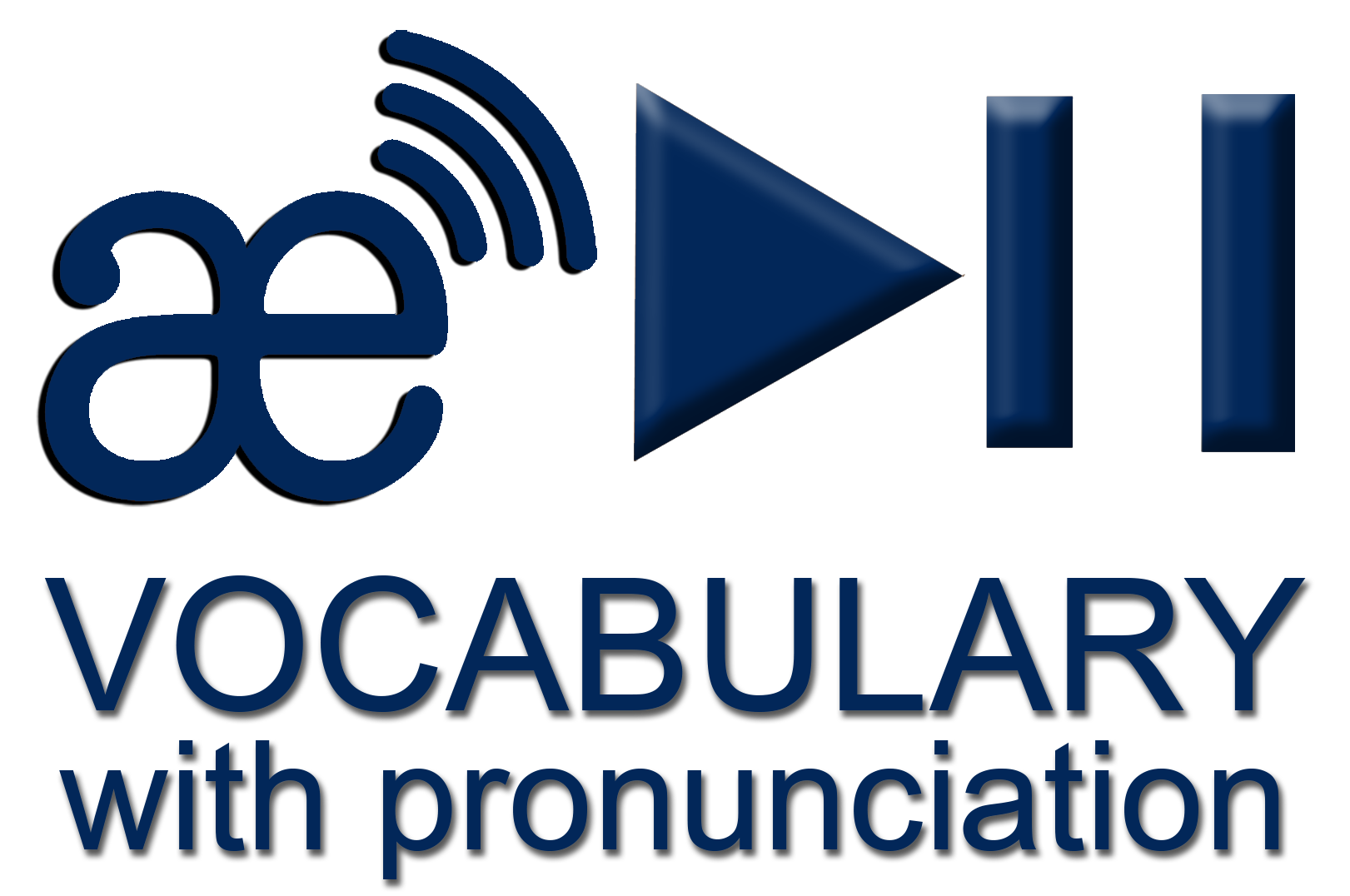Chapter 7
QUALITY OF LIFE COUNTRY
A ATTEMPT AT MEASUREMENT
INTRODUCTION
The Digital Revolution directs the change from a competitive economy to a collaborative model with an Inclusive Massive Purpose, thinking about the well-being of all humanity. The pronouncement of the Davos Forum in January /2020, speaking of CONSCIOUS CAPITALISM, defines the business purpose of the fourth industrial revolution: "involve all interest groups in the generation of shared and sustained value, including local communities and society"
Unprepared readers and the people than for some motive require to evaluate a country they find the great number of dispersed statistics, depending on the sources that consult, which as he makes the possibility to emit a judgment difficult.
To the extent of what is possible, I will try to establish a pattern of measure that permits comparing us quantitatively the standard of living of the population in general, for the distinct countries of the world in order to establish useful comparisons and goals to surpass - because the model is arguable.
2. VARIABLES TO USE1
Within the range of indicators that turn up to us we found like the more universal and feasible to compare the following:
A. CALORIES / DAY / INHABITANT: indicate the number of calories that the inhabitants of the country consume on average. It is an utmost representative indicator insofar as he answers to the more elementary one belonging to human needs. According to experts’ concept in the theme, human beings needed around 2,500 calories a day. The excess is worrying because it generates various types of diseases; the deficit generates malnutrition. The maximum score is granted to this number of calories.
B. INFANTILE MORTALITY: the children represent the bigger expression of love so that it is easy to deduct the importance of his care and the level of effort for his growth and development. The relation with the level of quality of life is inversely proportional; he values the principle of infantile mortality, younger score.
C. PER-CAPITA INCOME: measure the average level of entrance per capita in a country. Money is extremely important as means to satisfy human basic needs, a prerequisite to survive, and to raise moral standards for humans to the superior level (social and spiritual). His behavior is directly proportional to the same level as his quality of life.
D. LEVEL OF ILLITERACY: the base for nutrition and human beings’ development constitutes the entrance. The education follows in the importance of the quality of life for the better, dialing difference with animals. Intelligence develops through personal growth and establishes ranges among ones and others. He is inversely proportional at the same level as life.
E. VALUES OF UNEMPLOYMENT: it tries on like the inverse acquaintance the index of the job; the work, from the point of view of being, constitutes every person's right and it is to owe of all of the governments to propitiate the environment to generate it and to protect it. The lack of a job is converted in her but fruitful payment to all manner of delinquency and cause of frustration. An obstacle is for the well-being of the townspeople for the development of a country and. To bigger index of unemployment, younger quality of life.
F. LIFE EXPECTANCY: educated once the man was employed he has means stop to be furthered a sound and happy life that he permits extending his existence in shape worthy. Countries with high life expectancy have efficient health systems, access to quality health care and a good quality of life; the longer life expectancy, the better.
G. PERCEPTION OF CORRUPTION: the ranges himself with base in studies accomplished by INTERNATIONAL TRANSPARENCY that they get into print periodically. The corruption, in the development of a country, amounts to AIDS in people's health and it generates her but the bad is missing of social justice and great generator of violence. His relation is inverse with the level of quality of life.
H. INDEX OF PRODUCTIVITY: represents the relationship between the number of manufactured goods and services and the utilized resources. This index combines qualitative and quantitative aspects like value hour, applied technology, technical education, environmental conditions, etc. His relation is directly proportional to the same level as the quality of life.
I. COUNTRY RISK: measured by variable international agencies considering like: level of security, economic handling, enterprise panorama, political situation, labor relations, treatment to the foreign investment, among others. It is an indicator very used by the investors and its relation is inverse with the quality level of life.
J. CONNECTIONS TO INTERNET / INHABITANT: is an indicator of vital importance in the world modern because he gives an idea of the grade of culture, facilities of communication, expectations of business, grade of technological development, facilities of investment, level of knowledge and information among others. His relation is directly proportional to the same level as the development of a country.
1. Other variables could also be used such as country social spending (% of the total that a country spends on health, education, pensions, and subsidies for the poorest). Population: growth rate, density; sustainability, such as deforestation, pollution, trends in the use of "clean" energy as% of energy from hydroelectric vs. thermoelectric with diesel). Something about women (gender violence, or female schooling, because in Africa there are still countries where women do not go to school, or only to primary school). Energy consumption KW per inhabitant, cost of energy KW vs income per capita. Criminality: Homicides per 100,000 inhabitants. Weekly hours of work, child labor, to the extent that information is available
3. PROCEDURE
a. We took the ten variables chosen and concerting with seven experts' minimum in distinct areas of knowledge we entered to do a percentage distribution that he indicates the relative importance out of every variable (each examiner in shape independent distributes the 100 % of the whole, in ten variables).
b. Straightaway we entered to appraise statistically choosing the variable best-suited for each one their (arithmetical, measured average, sock, fashion, or median).
c. We formed the womb with chosen countries and moral values out of everyone belonging to variables.
d. We distributed proportionally, the spotted number out of every variable according to the range of variation (maximum index and minimum).
e. We proceed to add up each country's points and to order them to arrange for the scale, which can structure itself worldwide.
4. UTILIZATION
Level individual or guild businessmen preselect the countries that they want to qualify with the object of taking decisions as concerns the globalization of economy and enter to arrange for the indicated quantification in order that his decision is made easy.
Example: Developed for EAFIT's students of financial planning in August 2002. Of click in the following graphic and the country EXPECT ONE's SECONDS agree to the application of quality of life.

Click to Access the Tool
(Please enable macros)
Information is taken from:
- www.camnet.com
- www.unicef.org
- www.tvazteca.com
- www.globalcorruptionreport.org
- www.prsgroup.com
- www.sirem.com.mx
- www.worldbank.org
- www.transparencyinternacional.org
- www.onu.org
Worldwide almanac 2000
1. Calories/Day/Inhabitant. Daily average of calories/percapita, 1992-94. World Resource Institute 1999, pp 288 - 9.
2. Infantile loss of life. Number of Infants by 1.000 births.
3. Per-cápita entrance. GDP per capita data source: 1999 company World Factbook.
4. Level of illustrated. World Health Organization, Report 1999, p 84 - 87.
5. Level of use. Data source: 1999 company World Factbook.
6. Life expectancy. A total number of years.
7. Level of corruption. Annual index of perception of corruption, Transparency the International. The year 2001. The global report of corruption. Index CPI (Corruption perceptions index) has a rank between 10 (highly clean) and 0 (highly corrupt).
8. Index of productivity. Ranking ace of April 2001. Source: IMD the International.
9. Risk country. Composite risk rating June 1999. The index is between 10 (without risks) and 0 (risky).
10. Connections to Internet/inhabitant. The year 2000.
Concept of AI: the article by José Saúl Velásquez Restrepo addresses the issue of quality of life in countries and proposes an evaluation model that uses various variables to measure it. Below I will give you my opinion on the approach and model presented:
The approach of measuring the quality of life in a country is a topic of great importance, since it reflects the well-being of the population and can provide valuable information for decision-making at the government and business levels. However, it is important to keep in mind that quality of life is a complex and multifaceted concept that cannot be reduced to a limited set of variables.
The proposed model uses a series of variables that include calorie consumption, infant mortality, per capita income, literacy level, unemployment rate, life expectancy, perception of corruption, productivity index, country risk and Internet connections by habitant. These variables address important aspects of quality of life, such as health, education, economic level and perception of corruption, among others. However, the model is limited in the sense that it does not address social, cultural, environmental and equality aspects, which are also fundamental to measuring quality of life.
The approach of weighting the variables with the opinion of experts in different areas is interesting, since it recognizes the importance of interdisciplinarity in the evaluation of quality of life. However, subjectivity in the weighting of variables could lead to biases and differences in the evaluation of different evaluators.
The use of data from various sources, such as the World Bank, the World Health Organization and Transparency International, is a good practice, as it provides reliable and up-to-date information. Additionally, providing examples of countries with high levels of quality of life is useful to contextualize the discussion.
In summary, the model proposed by Velásquez Restrepo is an interesting attempt to measure the quality of life in countries, but it is important to take into account its limitations and the subjectivity involved in the weighting of variables. Quality of life is a broad and complex concept that cannot be fully captured with a limited set of indicators. Therefore, it is advisable to complement this approach with other approaches and consider a broader range of factors for a more complete evaluation.
Other variables could also be used, such as the Gini coefficient, certified by the World Inequality Database (WID), which measures the degree of concentration of wealth, country social spending (% of the total that a country allocates to health, education, pensions, and subsidies to the poorest). Population: growth rate, density; sustainability, such as deforestation, pollution, trends in the use of "clean" energy as a % of energy from hydroelectric plants vs thermoelectric plants with diesel). Something about women (gender violence, or female schooling, because in Africa there are still countries where women do not go to school, or only go to primary school). Energy consumption KW per inhabitant cost per KW of energy vs per capita income. Crime: Homicides per 100,000 inhabitants. Weekly hours of work, child labor, to the extent information is available
Quality of life: leading countries
1) NORWAY https://www.youtube.com/watch?v=oOe_LraJwfg
2) Ireland ttps://www.youtube.com/watch?v=dv6AFqIXinE
3) Switzerland https://www.youtube.com/watch?v=cBQumoWA2TA
4) Hong Kong tch?v=1B4jC4Db_K4https://www.youtube.com/wa
5) Iceland https://www.youtube.com/watch?v=euABdfbkXXM
6) Germany https://www.youtube.com/watch?v=fo6naN4vAlk&t=53s
7) Sweden ttps://www.youtube.com/watch?v=u2JqNKu8UXE
8) Australia https://www.youtube.com/watch?v=nvb784IYz1w
9) NETHERLANDS https://www.youtube.com/watch?v=ISwArc--R0o
10) Denmark https://www.youtube.com/watch?v=sZ-EKrbWMJQ
11) Principalities https://www.youtube.com/watch?v=WDTxcPrior4
LEVEL THE CORRUPTION https://www.youtube.com/watch?v=1ELJye_j2rQ
OTHERS https://www.datosmundial.com/calidad-de-vida.php



